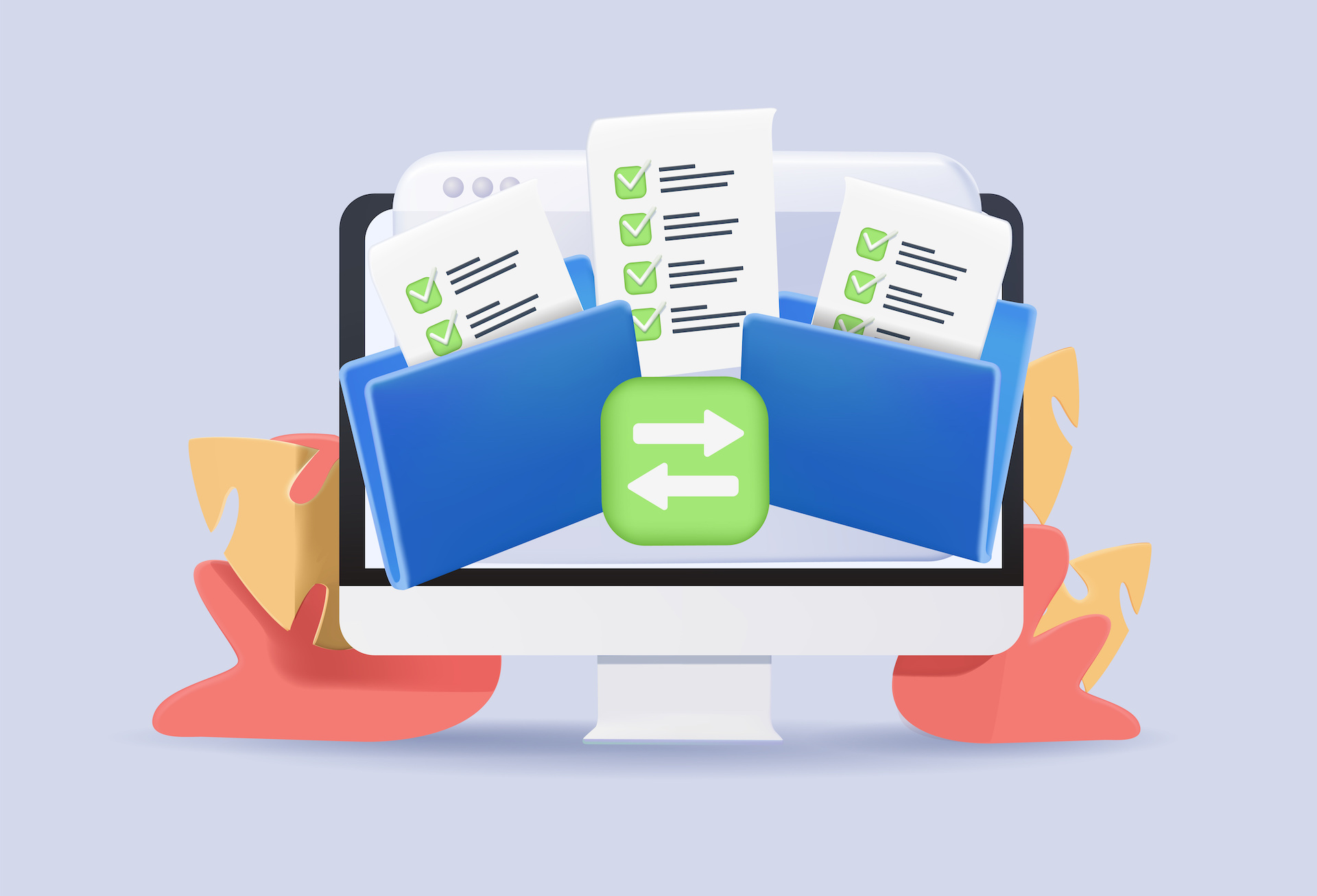Adobe Commerce vs. Magento Open Source: What’s the Difference?
Learn the differences between Magento Open Source and Adobe Commerce to help you decide what solution is best for your eCommerce business.

Adobe Commerce — which is built on the Magento 2 codebase — offers potent Advanced Reporting capabilities that allow you to access insights into your online store's performance. In this guide, we’ll discuss everything you need to know about Magento 2 Advanced Reporting in Adobe Commerce — from enabling and accessing it to recommended extensions and best practices. If you're looking for help implementing or customizing reporting functionality, explore our Adobe Commerce development services.
Magento 2 Advanced Reporting is available for both Magento Open Source and Adobe Commerce users. This feature provides insight into various aspects of your online store — including sales, customer behavior, product performance, conversion rates, and more. Whether you're running a small operation or a large enterprise-level eCommerce business, Advanced Reporting can help you make data-driven decisions that will help boost your sales and improve your customer's shopping experience.
Before diving into Advanced Reporting, it's essential to ensure that your website meets the necessary requirements. For starters, ensure that you are using either Magento Open Source or Adobe Commerce. Then, take a look at these requirements — which are from Adobe directly:
Magento Business Intelligence (MBI) offers enhanced reporting and analytics capabilities. Luckily, while Advanced Reporting does use MBI for its analytics, you do not need to have a dedicated MBI account to use the Advanced Reporting feature.
Enabling Advanced Reporting is a straightforward process in Adobe Commerce and Magento Open Source. Here is a list of necessary steps to take:
Once enabled, the system will start collecting data, and you'll be on your way to accessing valuable insights about your online store's performance.
If you need to disable Advanced Reporting for any reason, you can typically do so through the admin panel as well. This might be necessary if you decide to switch to a different reporting solution or if you no longer require advanced reporting capabilities.
In the Configuration menu, look for and click on the Advanced Reporting section. This section typically contains settings related to Advanced Reporting. In the Advanced Reporting section, you should see an option to enable or disable Advanced Reporting. It is usually represented by a toggle switch or a dropdown menu. If it's a toggle switch, simply click on it to turn off Advanced Reporting. The switch will change from "Enabled" to "Disabled." If it's a dropdown menu, select "Disabled" from the options provided.
After disabling Advanced Reporting, make sure to save your configuration changes. Look for a "Save Config" or "Save Configuration" button, often located at the top right or bottom of the Configuration page. Click this button to save your changes.
Keep in mind that disabling this feature will stop the collection of advanced reporting data, so ensure you have a backup of any data you might need for reference in the future.
Accessing Advanced Reporting is usually done through the Magento admin panel. To see the Advanced Reporting dashboard, navigate to Reports > Business Intelligence > Advanced Reporting. The Advanced Reporting dashboard has three main tabs:
From sales reports to customer behavior data, you'll have access to a wealth of information that can inform your business decisions.
Magento's flexible nature allows you to enhance your reporting capabilities further using extensions. Here are a few examples of popular Magento Advanced Reporting extensions that can boost your Advanced Reporting capabilities:
Business Intelligence, developed by Adobe itself, is a powerful reporting and analytics solution designed to work seamlessly with Adobe Commerce. MBI provides advanced reporting features with intuitive dashboards and data visualization tools. It offers in-depth insights into customer behavior, sales performance, and inventory management. With MBI, you can create custom reports, analyze data from multiple sources, and make data-driven optimizations.
Amasty's Advanced Reports extension helps enhance your Magento store’s reporting capabilities. It offers a wide range of pre-built reports — including sales, customer, and product reports, with detailed insights and visualizations. You can easily track key performance indicators, monitor sales trends in real time, and analyze customer behavior. The extension also provides unlimited custom report creation. A license for this extension starts at $299 for Magento Open Source users.
The Magento 2 Google Analytics extension simplifies the process of transmitting enhanced reporting to Google Analytics. This extension offers API/GraphQL support and provides access to five enhanced eCommerce reports, comprehensive tracking of product views, real-time monitoring of cart updates and the checkout process, and the ability to capture customer purchase order events, enhancing the depth of analytics available for online stores.
To make the most out of Magento 2 Advanced Reporting for your Adobe Commerce and Magento Open Source stores, consider the following recommendations and best practices:
Magento 2 Advanced Reporting is a valuable tool — and with the right Adobe Commerce development partner, you can take your reporting capabilities to the next level.

Learn the differences between Magento Open Source and Adobe Commerce to help you decide what solution is best for your eCommerce business.

Find an eCommerce solution that fits both your needs and budget with this guide comparing the pricing of Magento Open Source and Adobe Commerce.

Unlock a seamless transition while migrating from Magento to Adobe Commerce. Navigate challenges, embrace enhancements, and elevate your ecommerce store.